The hydrogen and fuel cell units deployed in heavy-duty applications have been mostly test systems for onboard energy supply. Even those systems are far from being finished products. The shared opinion among research and development laboratories is that the technologies could be used to power cars and trucks, but only up to a certain weight or load. Ever since Alstom’s trains have proven to the vehicle sector that it is possible to design traction units with several hundred kilowatts of power, developers have begun to zero in on heavy-duty transportation.
It all started with fuel cell systems such as the ones built and tested by Austrian automotive supplier AVL List since 2002. Its high-temperature 5- to 10-kilowatt fuel cells are designed for powering both the sleeper and driver’s cab in a truck during long-distance drives. One of these units is being tested in the Christian Doppler laboratories at the Jülich research center in Germany as part of an AVL-Plansee collaboration, which dates back to 2015. Onboard supply is typically the domain of small combustion motors that achieve 10 percent efficiency, less than a third of what a solid oxide fuel cell could achieve.
Another example is the hydrogen-powered Frigovan H2 Zero Emission. Lamberet, a French supplier of vehicle refrigeration systems, presented the new model at the Solutrans show, which took place Nov. 21 through 25, 2017, in Lyon, France.
Federal transportation ministry publishes fuel cell truck report
…
The study was published in August 2017 and found that up to 20 percent of all trucks weighing between 3.5 tons and 7.5 tons, which corresponds to classes 2 to 4 in the United States, could run on hydrogen one day. The total weight of many trucks, however, is above 12 tons, a segment where the authors of the study see fuel cells at 2 percent or 3 percent by 2030.
“Aside from the United States and Germany, the lead countries in fuel cell R&D are China and Japan. While the number of publications on fuel cell trucks in the first two has stagnated, China has seen a notable increase in scientific papers in the field in recent years.”
Excerpt from a transportation ministry report on the truck market
The 117-page report regards heavy-duty vehicles powered by compressed or liquified natural gas as the biggest competition to hydrogen trucks in the long run, as they showed a similar cost structure throughout their life cycle. Which technology would come out on top would depend on future fuel prices, over which taxes and fees wielded considerable influence, the authors said.
…
Likewise, the conclusions and recommendations of the research team headed by Till Gnann are very general in nature (see box). One example: “Expectations are that the availability of low-cost, low-temperature fuel cell systems and an expanding hydrogen infrastructure will speed up development and market deployment in the truck industry.”
Recommendations
- Learn from past fuel cell truck and bus projects
- Give proper consideration to competing technologies
- Take advantage of but don’t rely on spillover effects from the passenger car market
- Reduce consumption by improving efficiency
- Consider fuel cell truck requirements when implementing a hydrogen refueling infrastructure
Fuel cells from Scandinavia
…
Nel CEO Jon André Løkke said about the USD 3.6 million deal that the “initial two demo stations will provide 1 ton of hydrogen to Nikola Motor’s prototype trucks and serve as the design verification for Nel’s mega-scale concept.” The megastations consist of eight of Nel’s A-485 electrolyzers, integrated into one unit to be more cost-effective. From 2019 to 2021, these systems will reportedly be installed at 16 locations. An expansion to 32 electrolyzers per unit could make it possible to produce 32 tons of hydrogen a day.
Next up, Asia and the USA
Toyota, too, is developing fuel cell systems for the commercial vehicle market, both for buses and trucks. The hydrogen tanks for the truck the corporation unveiled in April 2017 will reportedly come from Norwegian supplier Hexagon Lincoln. Last August, the Japanese automaker also showcased a hydrogen-powered refrigeration vehicle whose fuel cell powers the engine and the cold-store unit. Meanwhile, Toyota has entered into partnership with 7-Eleven Japan to set up a pilot for sourcing the energy for hydrogen production from available solar fields.
…
Rob Campbell, CCO of Ballard, said, “We see significant market interest in the complementary addition of fuel cell systems to address the range limitations of stand-alone battery solutions in certain use cases [see also Ballard Power’s vision: 30 percent FCEVs by 2030].”
Benelux countries: Waste disposal, the fuel cell way
In Belgium and the Netherlands, fuel cells have been employed in garbage truck trials. The company that converted the trucks owned by Geesinknorba was Belgian-Dutch company E-Trucks Europe. Fully charged and filled up with 7 to 12 kilograms of hydrogen, the vehicles can be operated for 12 to 16 hours straight. John van Roon from E-Trucks said, “A purely battery-run garbage truck isn’t going to work. The peak load frequency is too great. A battery would need too many recharges.”
…
Scania and Asko
In 2016, Scania and Asko from Scandinavia announced their entry to the fuel cell truck market. The partnership is comparable to the Coop collaboration in Switzerland, since Asko, a Norwegian wholesaler, has a large truck fleet of its own. The partnership is said to be focused initially on substituting fuel cells for diesel in four triple-axle 27-ton Scania vehicles. All other components are expected to be sourced from the standard portfolio of Scania hybrid and electric vehicles.
In June 2017, news broke that Hydrogenics would deliver four HyPM™-HD90 systems to Asko. The converted vehicles could be operational at the end of 2018. The manager of the project, Hedvig Paradis, said, “Different customers in different regions around the world will need different solutions, and hydrogen fuel cell technology can be one of those solutions.”
UPS favors range extenders
Another option is the use of fuel cells as range extenders. A main target market for this application is package delivery, where it could be useful to increase the range offered by an electric engine. American logistics company UPS is currently testing converted class 6 vans as part of a collaborative effort together with the U.S. Department of Energy and other partners. A prototype was said to be available in the second half of 2017 in Sacramento, California. The vehicle is equipped with a 32-kilowatt fuel cell connected to a 45-kilowatt-hour battery. Fuel is stored in a 10-kilogram hydrogen tank.
Fuel cells versus catenary trucks
In April 2017, the Club of Logistics lobbying association clearly stated their dislike of the German government’s intention …
The association’s president, Peter Voß, said that fuel cells running on renewably sourced hydrogen were more economic and environmentally friendly than the proposed alternative. He added, “We’ve had tried-and-proven technology available on the passenger car market for years. It could easily be adapted for trucks as part of a hybrid design.”
Environmental council calls for commercial vehicle electrification
The team of advisers on environmental issues, SRU, shared its point of view in a November 2017 report. Regarding long-distance, heavy-duty truck applications, they wrote, …
Asked by H2-international, co-author Professor Claudia Kemfert said, “In the opinion of the SRU, the recommendation to develop catenary trucks is not meant to diminish the importance of a fuel cell option. Faced with an ever-growing heavy-duty transportation market and the call for a short-term slash of carbon dioxide emissions, it does make sense, however, to give priority to overhead lines.”




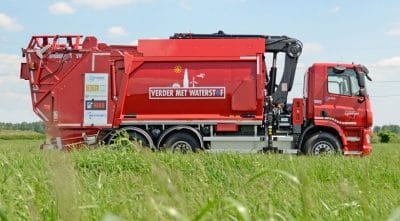



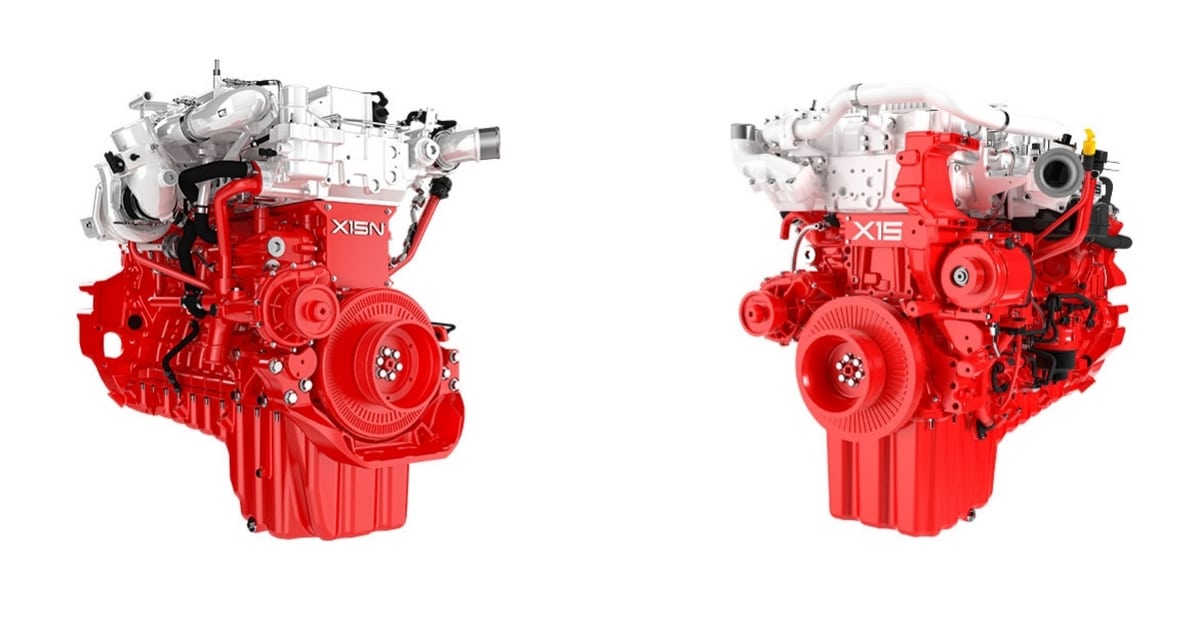
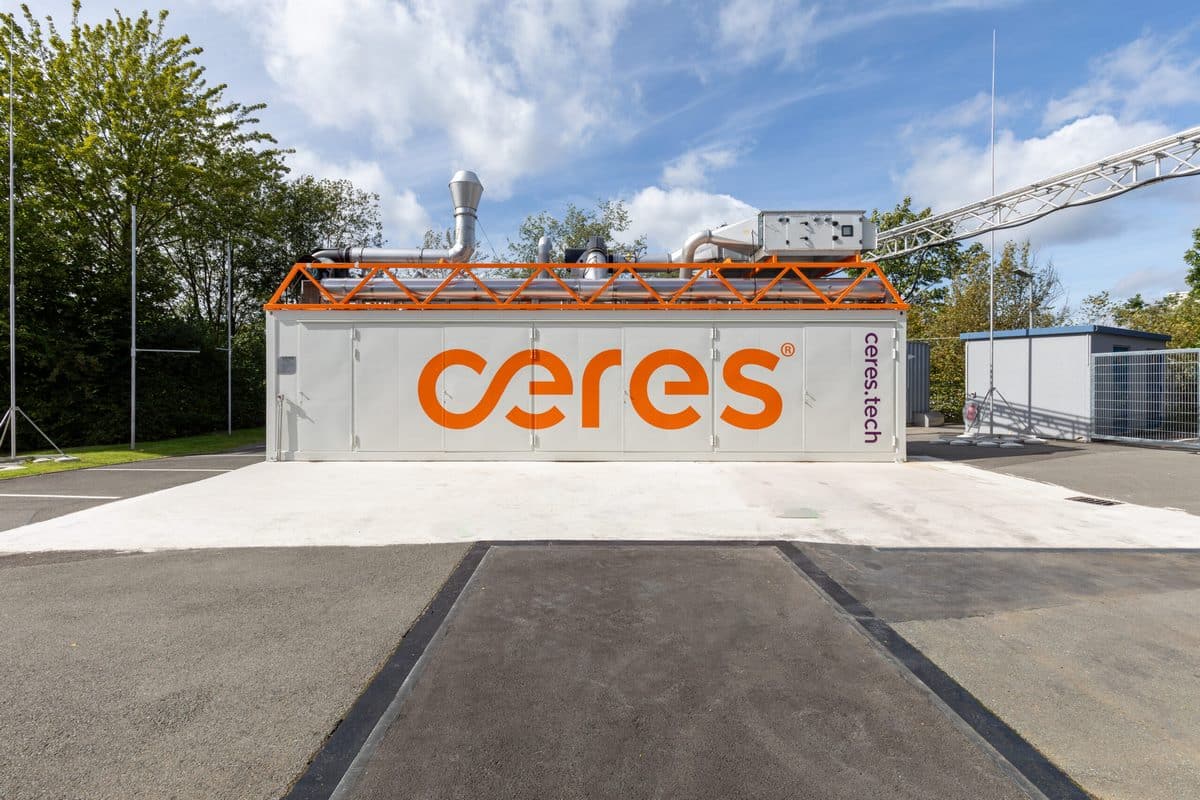




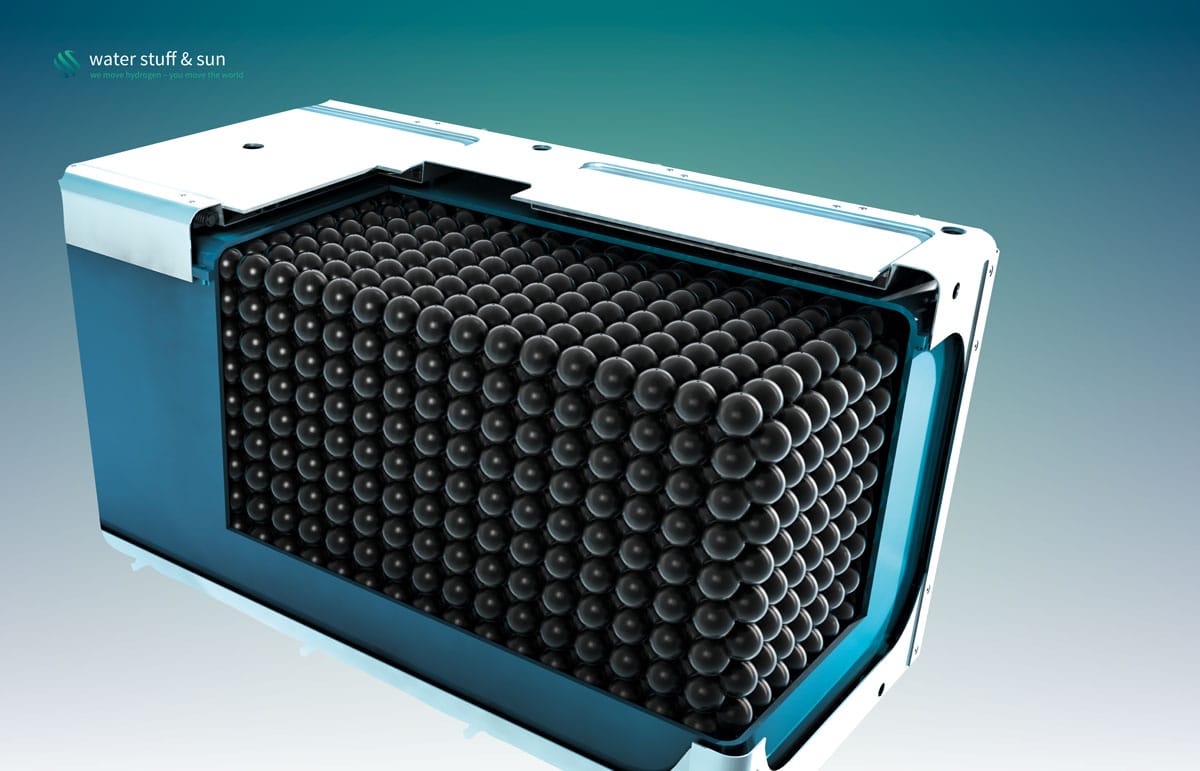

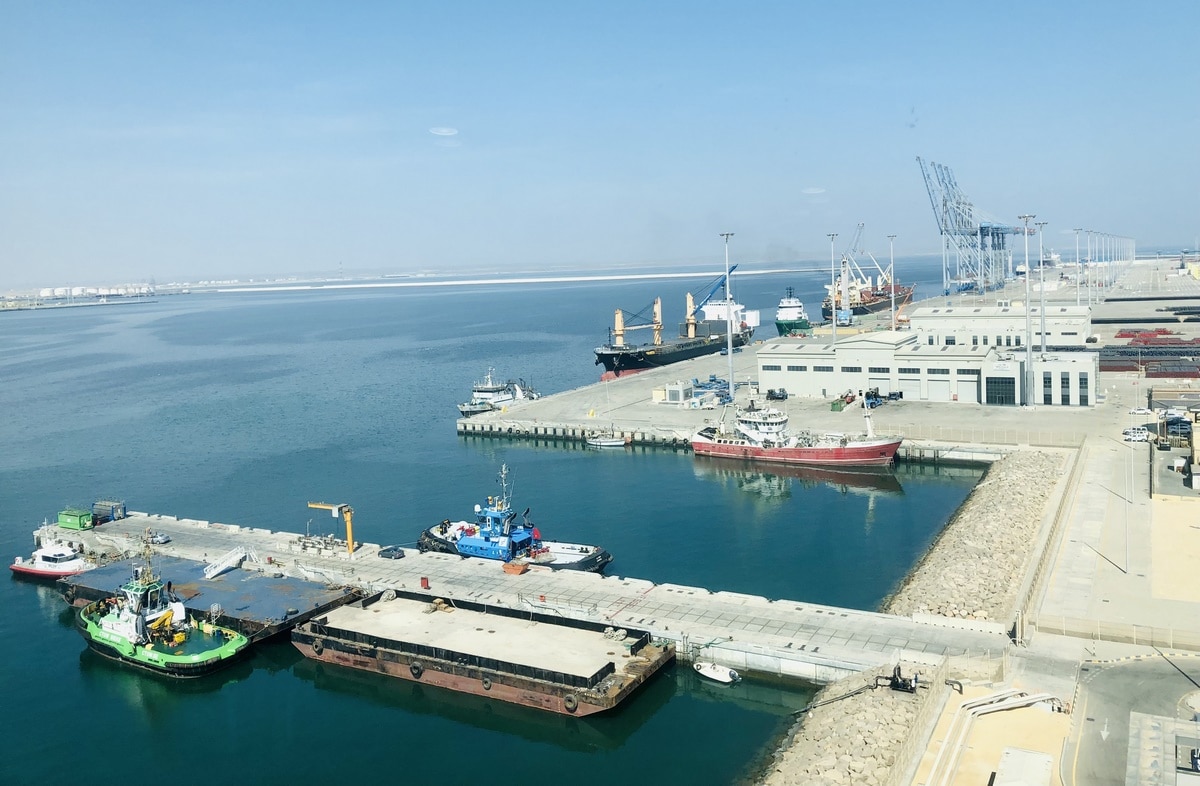


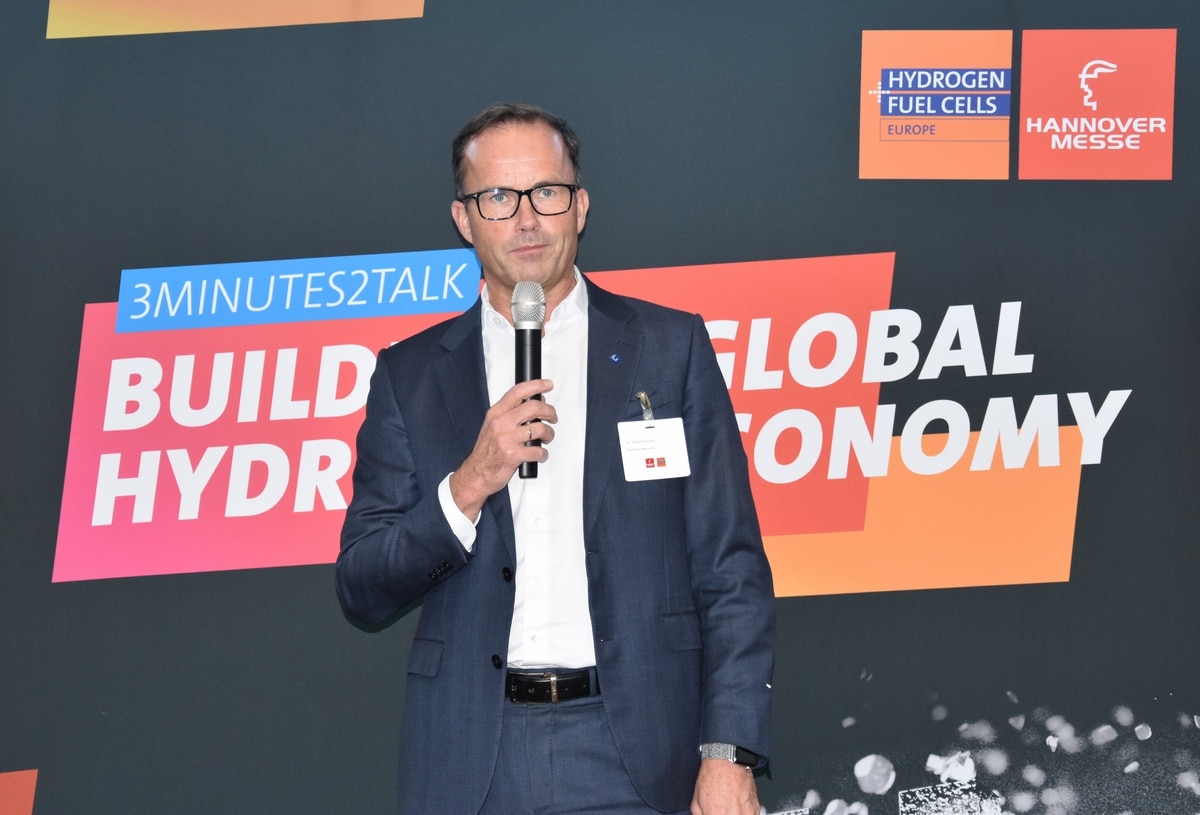
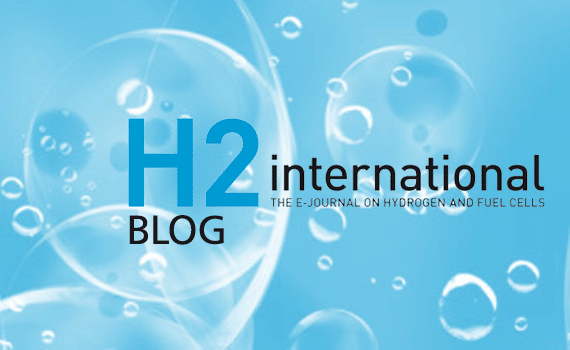
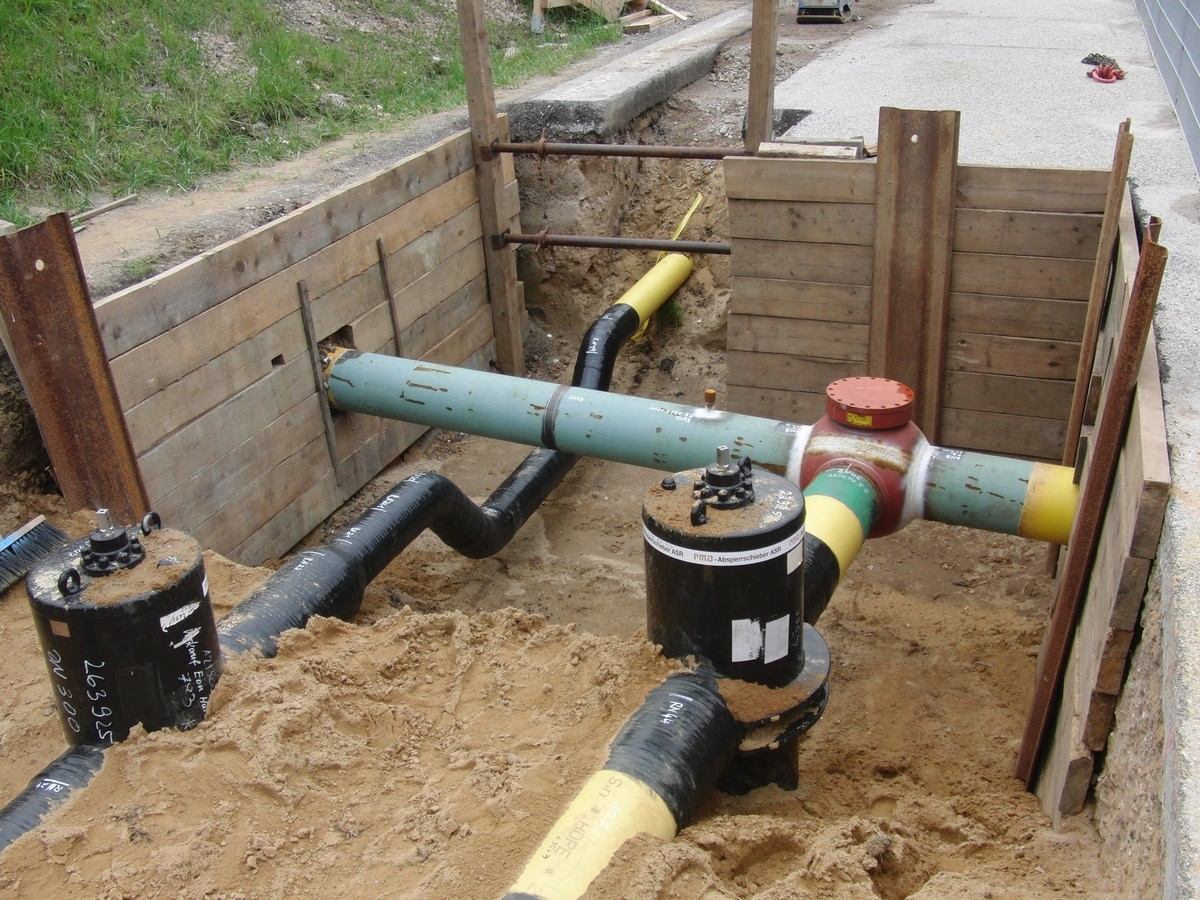
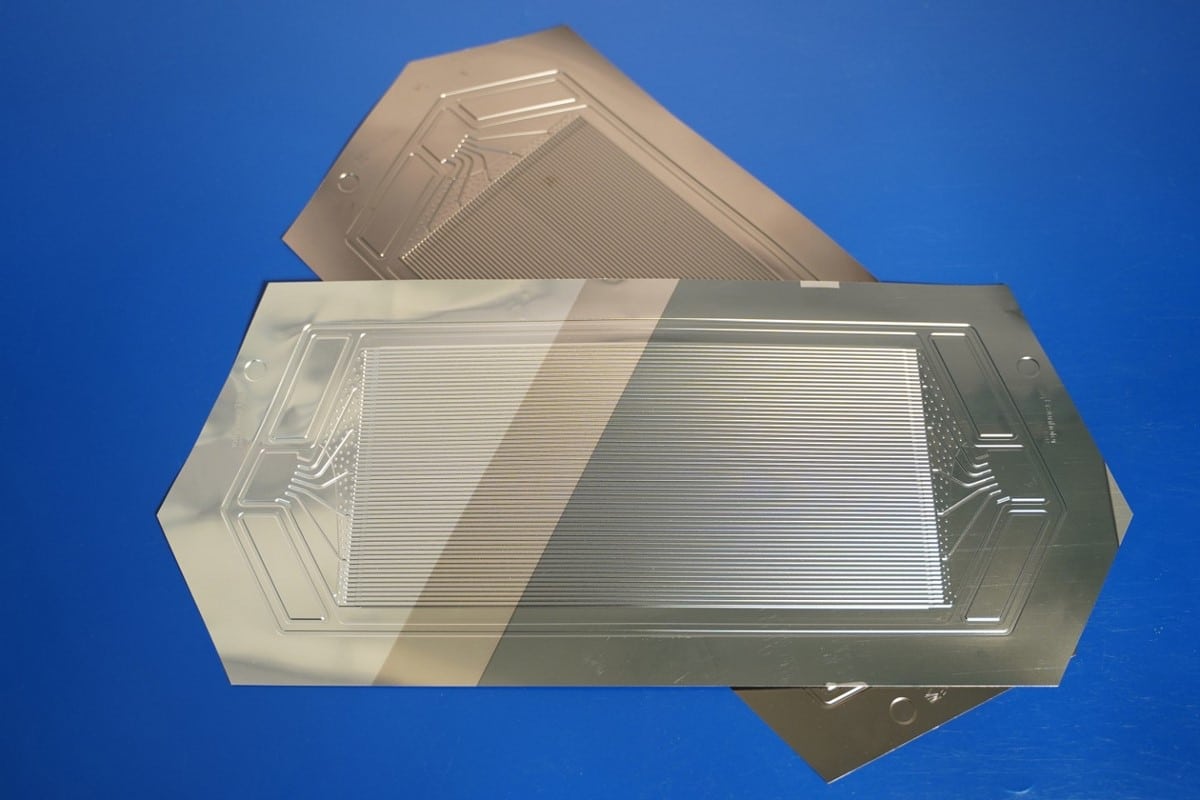
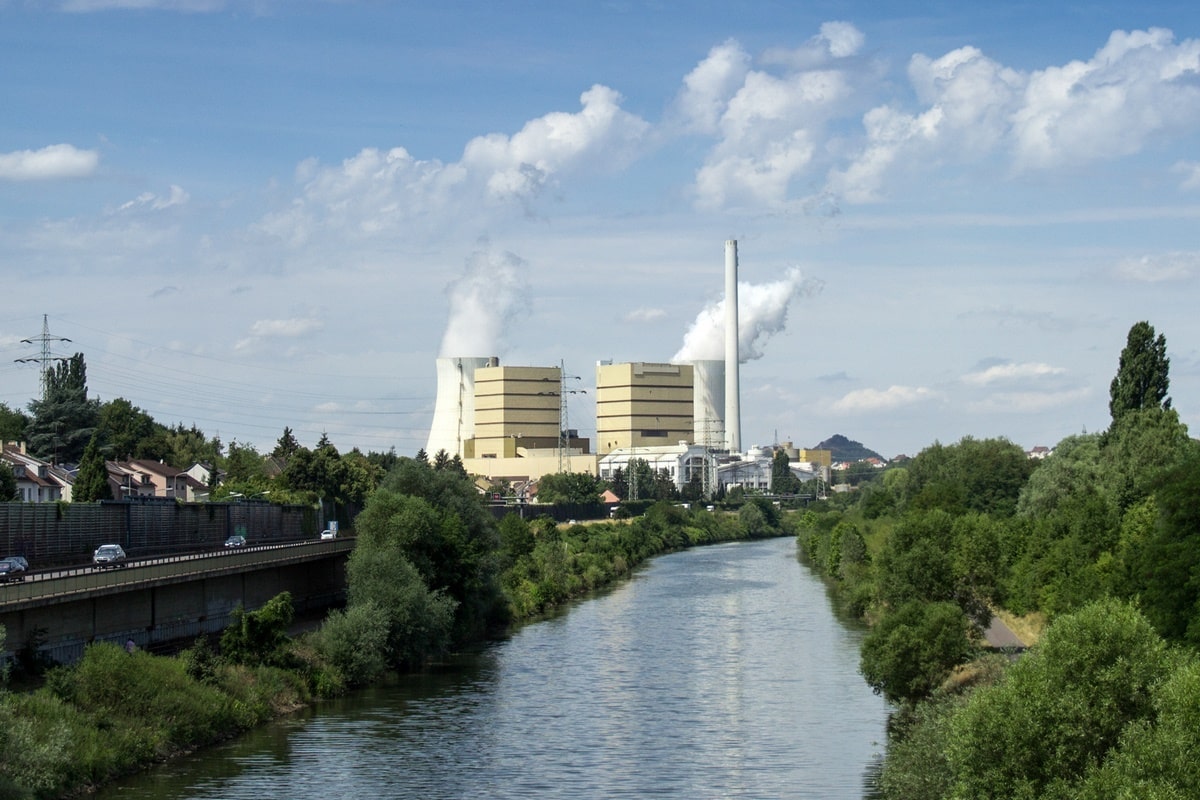
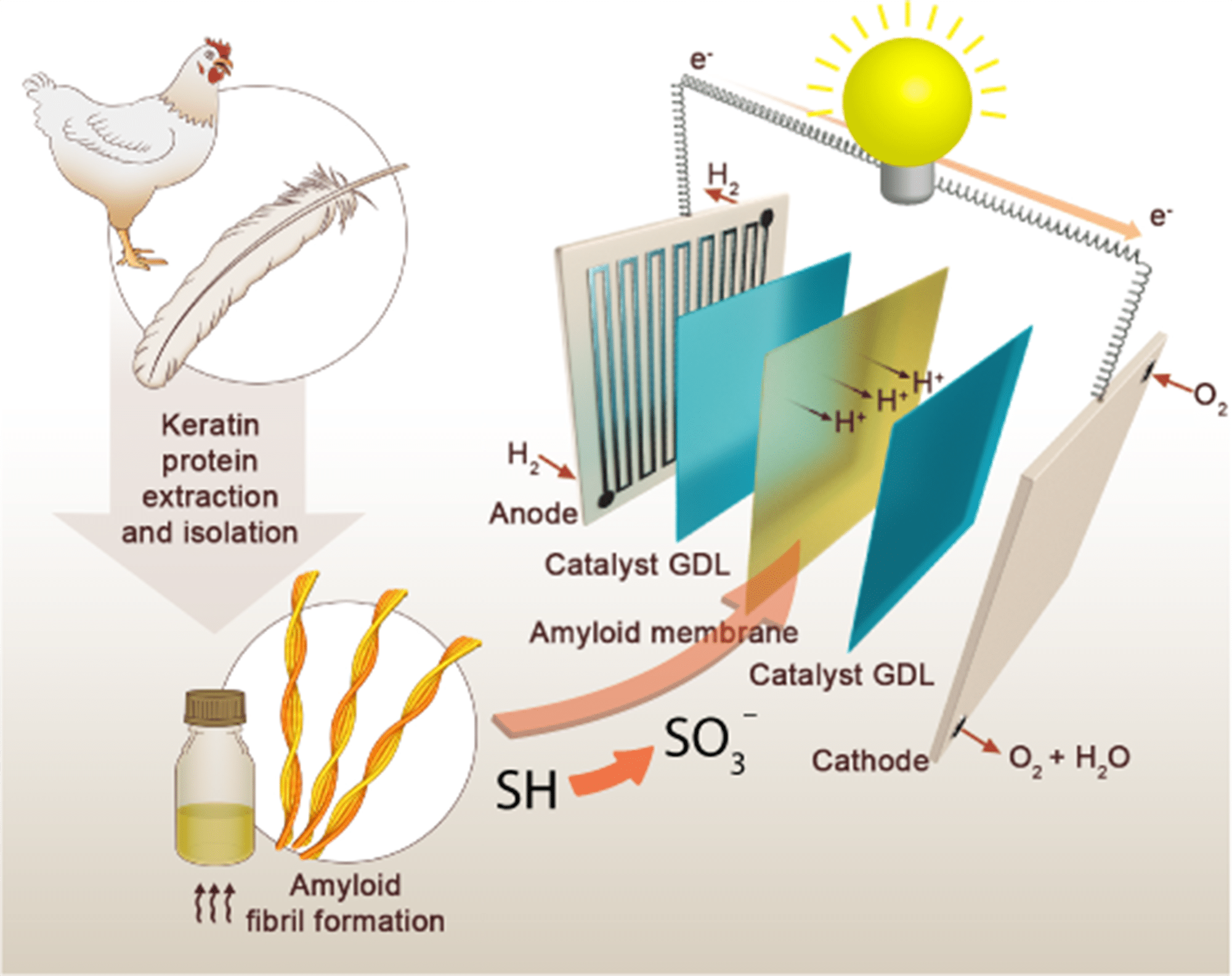

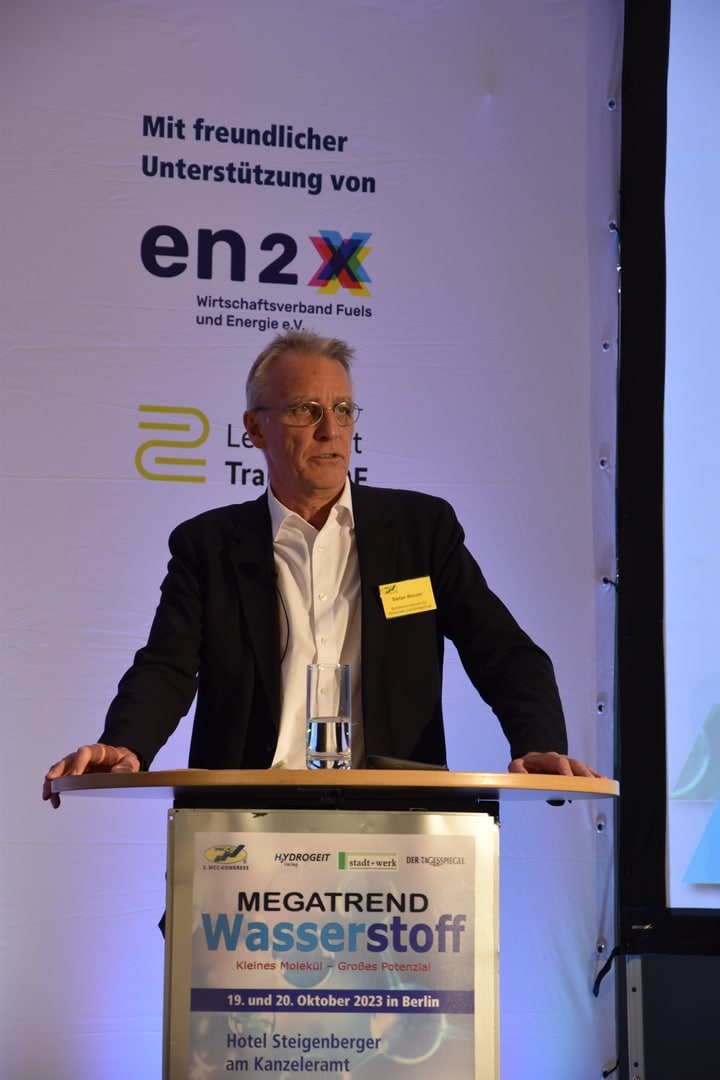
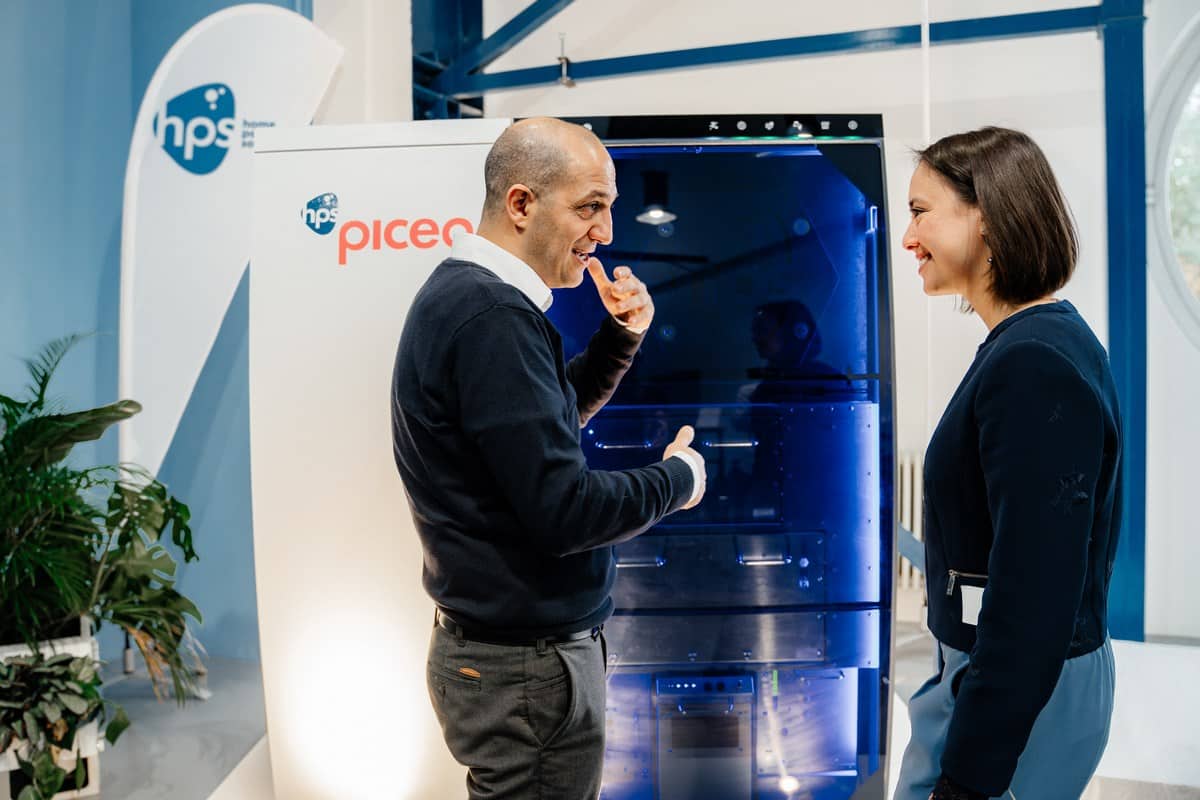
0 Comments